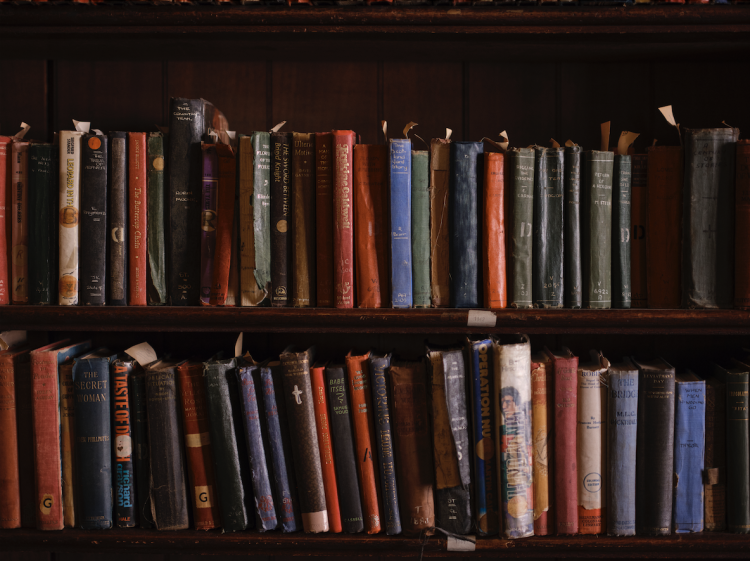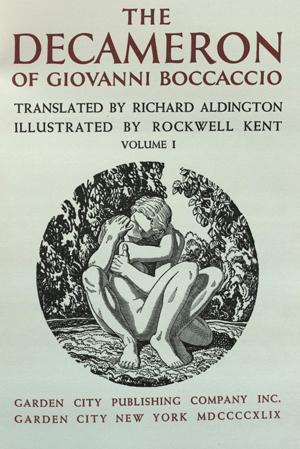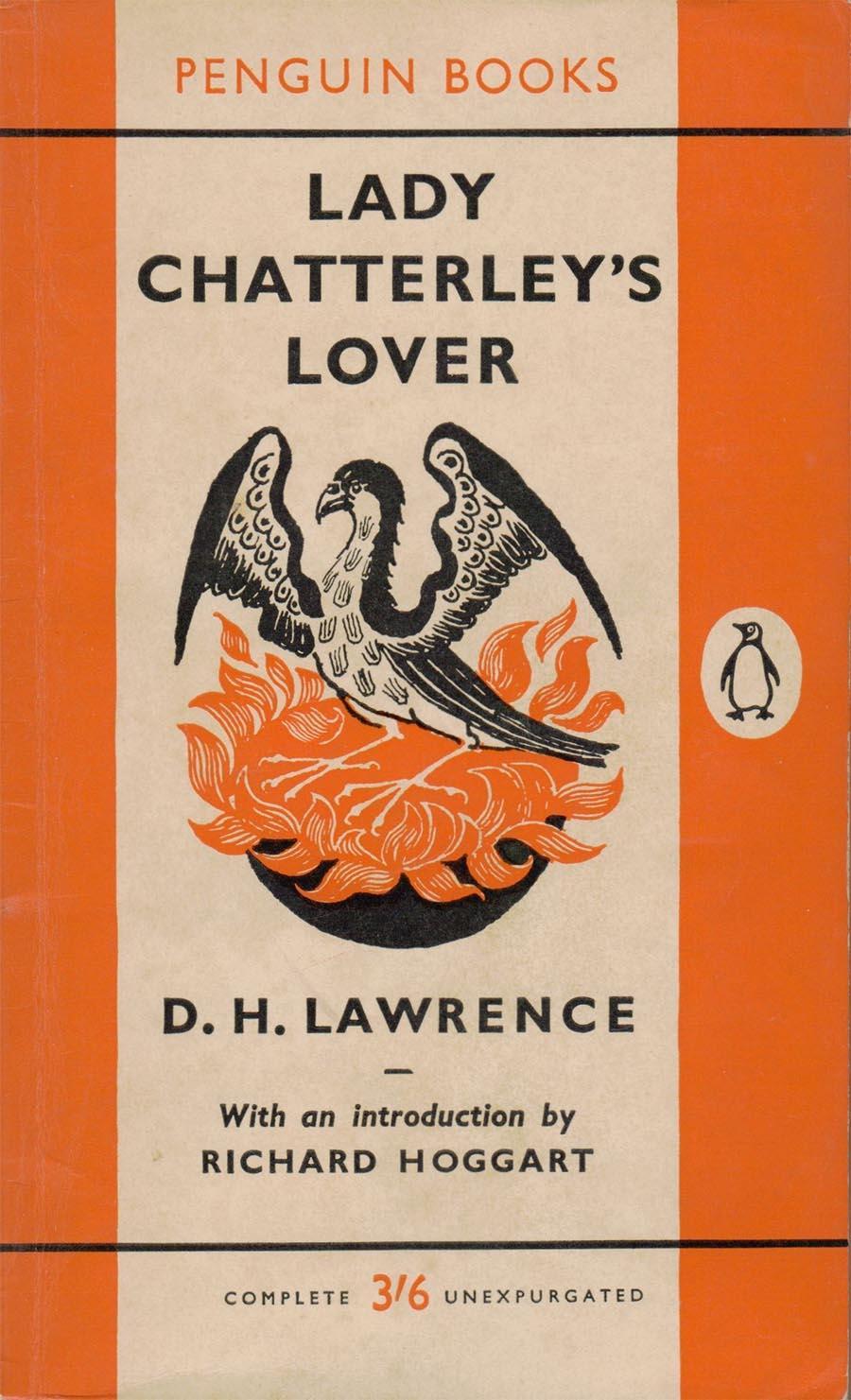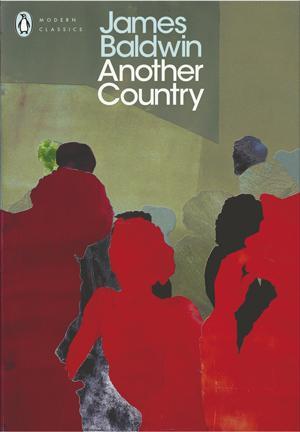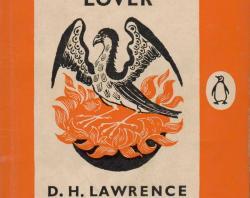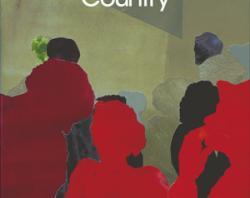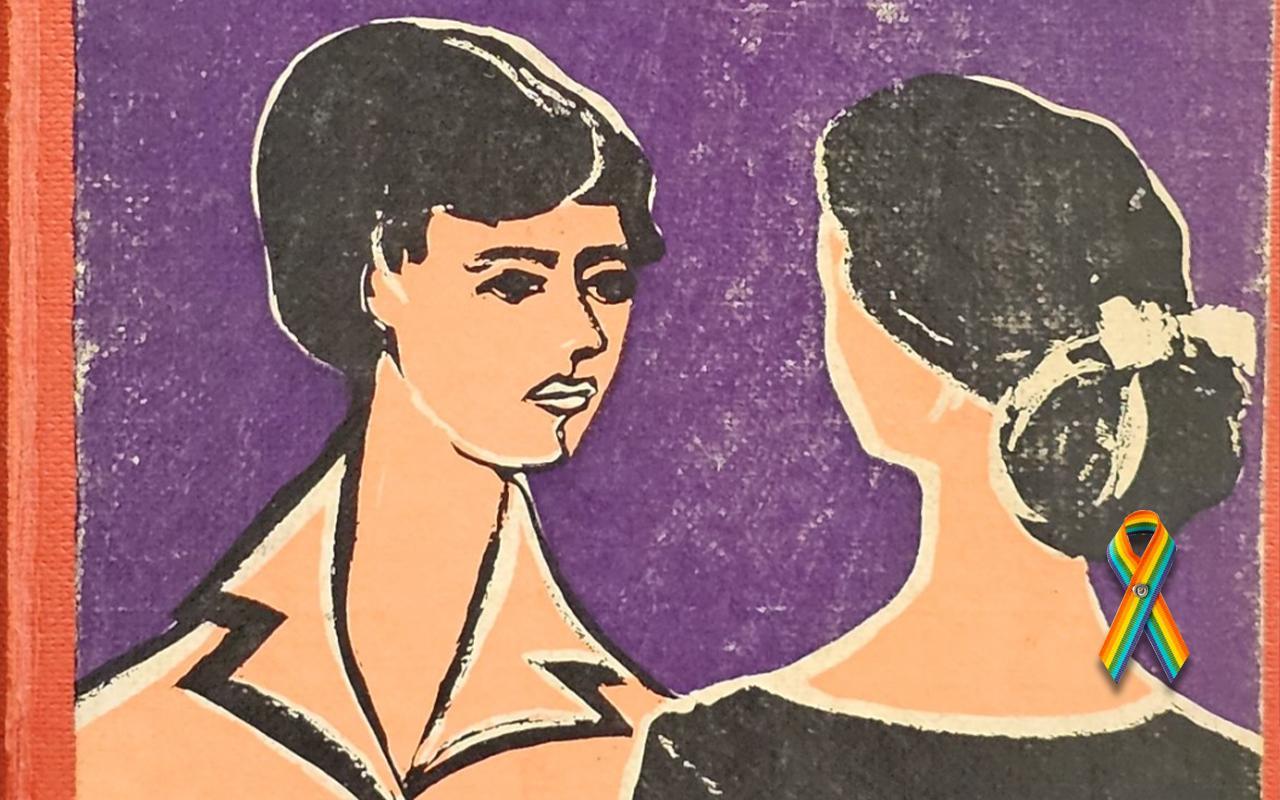
Open books, hidden lives
Several years ago, as our staff and volunteers began transcribing catalogue card records for this collection, they made some unexpected discoveries. Read on to find out what they discovered.
Stranger on Lesbos
Another item in the Library’s collection is Stranger on Lesbos by Valerie Taylor. This was the pen name of Velma Nacella Young. She was married with children and became one of the sub-genre’s most prolific writers. At the same time she was dealing with her own coming-out journey which led her to become an activist for lesbian and gay rights in the USA.
The State Library catalogue for Stranger on Lesbos records the subjects as Lesbians-Fiction; Married Women-fiction; and Lesbianism in literature. The item is now held in basement onsite storage and can be retrieved for readers.
Lesbian pulp fiction is a genre of lesbian literature that refers to any mid-20th century paperback novel or pulp magazine with overtly lesbian themes and content. The writers were both male and female, and all generally usually used female pseudonyms. These books may have been disposable pulp fiction, but they were important to the gay community because they validated same-sex relationships. This was of course the very same thing that led to their censorship.
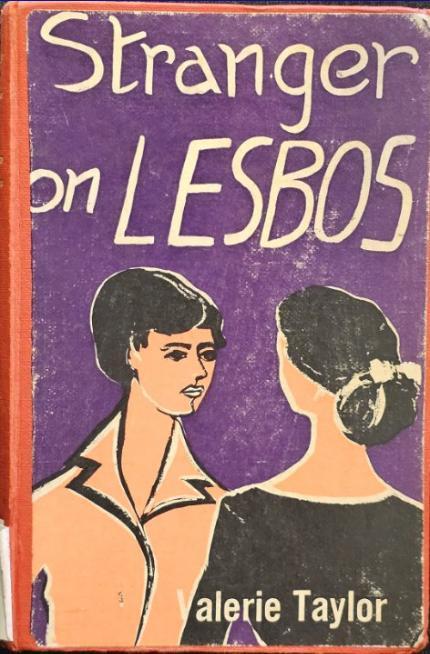
Women’s Barracks
Another item in this genre is Women’s Barracks. It was written by French writer Tereska Torres and soon became a best seller. Torres served in World War Two with the women’s arm of the Free French forces, based in London. The book is a fictionalised account of the liaisons of the women in her unit with other resistance members, both female and male. The book was translated into more than a dozen languages. It caused a scandal in America in the 1950s and promptly sold over four million copies.
The Feminist Press reprinted it in 2005 as part of its Femmes Fatales series. The series concentrates on women writers of pulp, noir and mystery of the 1930s, ’40s and ’50s.
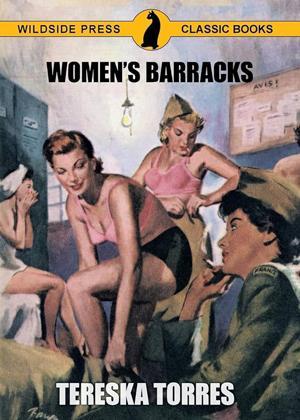
The Price of Salt
The Price of Salt was published in 1952 by Claire Morgan. This was the pseudonym of Patricia Highsmith who wrote twenty-one novels, mainly crime fiction. These included Strangers on a Train and the Mr Ripley series. The book was re-titled Carol in 2015 after the release of the film of the same name. It is a love story about an aspiring young set designer, Therese, and Carol, an older married woman in the middle of divorce and a custody battle for her daughter. It ends on a note of hope and has been described as the first gay book with a happy ending.
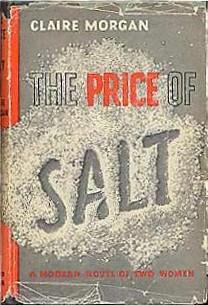
The Well of Loneliness
The Well of Loneliness is an extremely influential work that was banned from 1928 to 1949 after a court case in Great Britain. Its author Radclyffe Hall, also known by her nickname John, was initially a published poet who then turned to novel writing. Her third published novel was The Well of Loneliness which appeared in 1928. It met with huge controversy because of its unambiguous revelations about lesbian relationships. The novel was probably the first modern work to explore the strength of feeling between same-sex-attracted women.
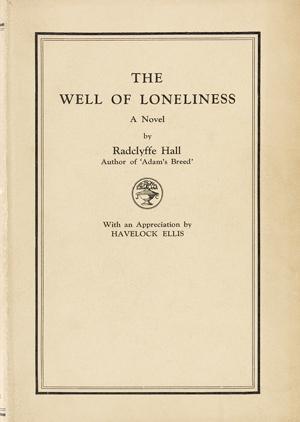
The State Library's Blue cover edition
The State Library’s catalogued copy is a 1951 edition, marked as a former public loan volume, and clearly very well-used. The book contains a rare formal disclaimer notice pasted into the front.
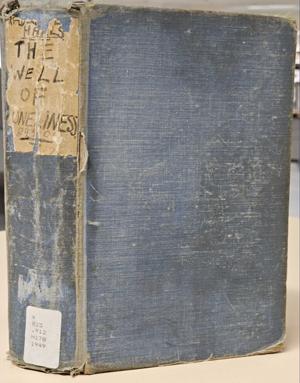
Public Library notification
Although its literary merit may be debated, the influence of The Well of Loneliness is indisputable. It was powerful in its depiction of deep love between women and became widely read, especially after 1949 when the censorship ban was lifted. By then Radclyffe/John Hall had been dead for 6 years.
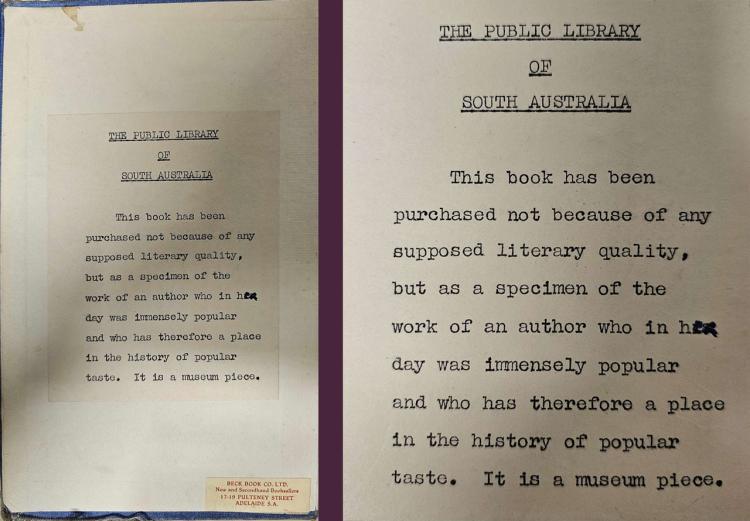
The Fall of Valour and The Sixth Man
A number of other books relating to LGBTQ+ were located in the former loans collection. American Charles Jackson, had already found great success with the Lost Weekend which was made into an Academy Award winning film. The Fall of Valour was less successful.
Jess Stearn produced The Sixth Man in 1962. Stearn was an American reporter who claimed to have research that proved that every sixth male in America was actually gay, though probably repressing their feelings. Given that Stearn gave everything a sensational spin, including reincarnation and prostitution, it is hoped that his research was thoroughly checked and verified before publication.
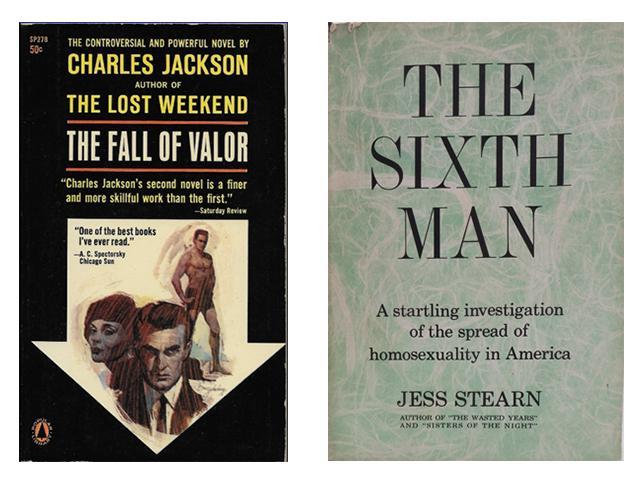
Of Those Alone
Robert Hutton’s Of Those Alone published in 1958 may be the earliest memoir of a gay alcoholic writer.
Of Those Alone was written in the wake of the Report of the Departmental Committee on Homosexual Offences and Prostitution (1957) — familiarly known as the Wolfenden Report.
Hutton writes about two related questions. Is homosexuality congenital or acquired? Nature or Nurture? Or both? The term homosexuality was invented and implemented by sexologists during the late-nineteenth and early-twentieth centuries. Of Those Alone, also looks at the belief prevalent in the early to mid-twentieth century, that alcoholism and homesexuality were intrinsically related.
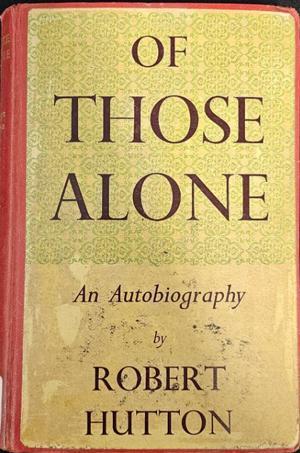
A Way of Love
A Way of Love, published in 1959 by New Zealand writer James Courage, was another item recently found. Six of his novels, originally in the Adelaide Circulating Library loans collection have now been located and catalogued.
James Courage was born in 1903 and died in 1963. He was at various times, a novelist, short story writer, poet, bookseller. During the Second World War, he also served as a fire warden in England. He moved from the UK to New Zealand where most of his books are set.
A Way of Love, is an examination of a young man’s homosexual relationship with an older man. The novel was banned under New Zealand’s censorship provisions. Very few New Zealanders were able to access it. Recent commentators have seen this work as a major influence in gay literature. James Courage was the first New Zealand writer to directly address same-sex relationships. Given that the book was published only two years after the UK’s Wolfenden Report was released, this was a brave book to put into the arena of conservative public opinion.
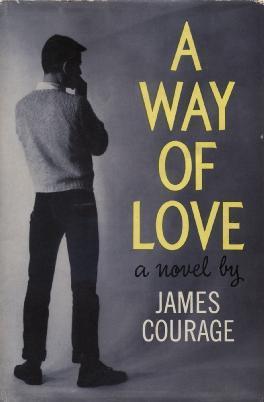
The Wolfenden Report cover
The Wolfenden Report was a government-commissioned study published in 1957 by the Committee on Homosexual Offences and Prostitution in Great Britain. It recommended that legislation should only apply to sexual acts that offended public decency or disrupted order.
In particular, the report recommended that private homosexual relations between consenting adults be removed from criminal law.
It took ten years for this to be enacted in Britain’s Sexual Offences Act (1967) and far longer for non-heterosexuals to feel in any way safe.
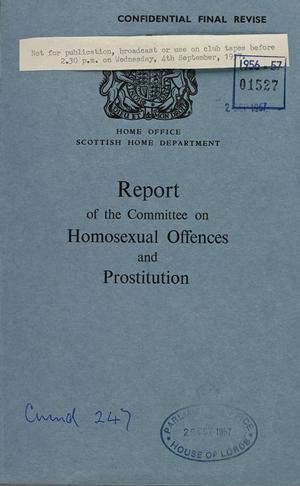
Hiding in the closet is not a comfortable way to live a life. And it takes courage to come out. For many, this remains as true now as it was in the mid-twentieth century. It was not until 1975 that South Australia became the first state in Australia to decriminalise homosexual relations between consenting adults. It took some time for other jurisdictions to follow.
The State Library’s historic popular fiction collection holds books by writers who spoke their truths about a range of sexual identities. Even as fiction writers this carried risk, and took a degree of courage.
Written by Isabel Story, Engagement librarian
